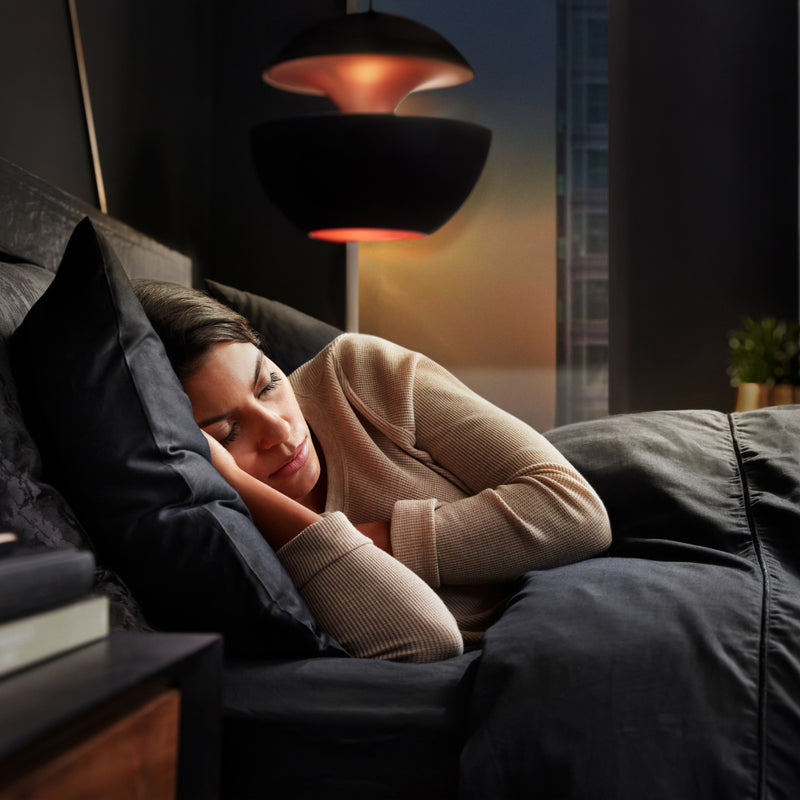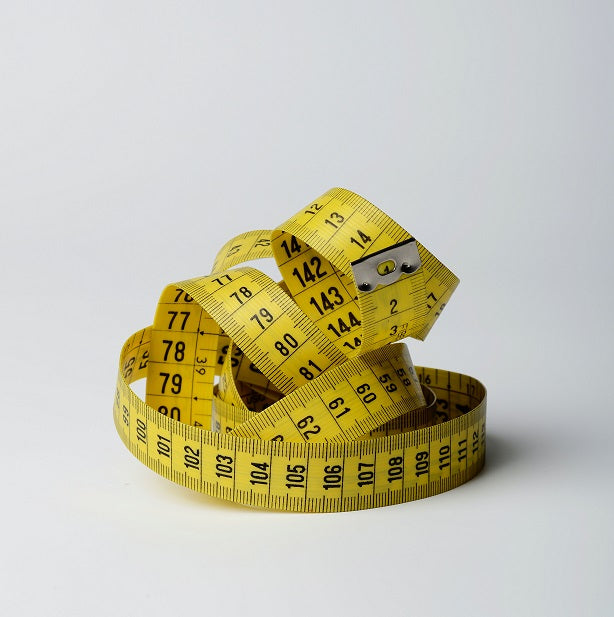4 Tips That Are Proven To Help You Survive Daylight Saving Time
November 02, 2017
Author: Beautyrest Team
Dr. Rebecca Robbins is a researcher whose work examines the link between sleep and performance as well as strategies for optimal rest and recovery. This year, she is partnering with Beautyrest to put a renewed focus on sleep performance"noting the importance of how high-quality sleep can give everyone an edge to perform more effectively throughout their day and in their waking life.
More than 25 countries across the globe practice daylight saving time. Daylight saving refers to the practice of changing our sleep and work schedules to allow for a rising time one hour later in the fall/winter months (also known as "Fall Back" on November 5) and one hour earlier in the spring/summer months (also known as "Spring Forward" on March 11).
Daylight saving came about because daylight hours change due to seasonal variation in the Earth's axial tilt. Regions that are north and south of the tropics experience longer daylight in summer months, and shorter daylight in winter months. It was also key around the turn of the century - when agriculture was a primary focus of the global economy, the practice capitalized on daylight starting earlier in the summer months.
Although it may seem like one hour change is not significant, we see approximately an eight percent increase in traffic accidents in the spring with the loss of one hour of sleep. In research among employees, results show that employees spend on average over an hour longer "surfing" the web (instead of working) in the week after daylight saving times. Thus, even a small change of one hour can have a significant impact on our ability to get restful sleep and perform at our peak after daylight saving.
Although it is easier to transition in the fall as we receive an extra hour of light (compared to the spring when one hour is lost), here are a few suggestions to transition smoothly this fall.


